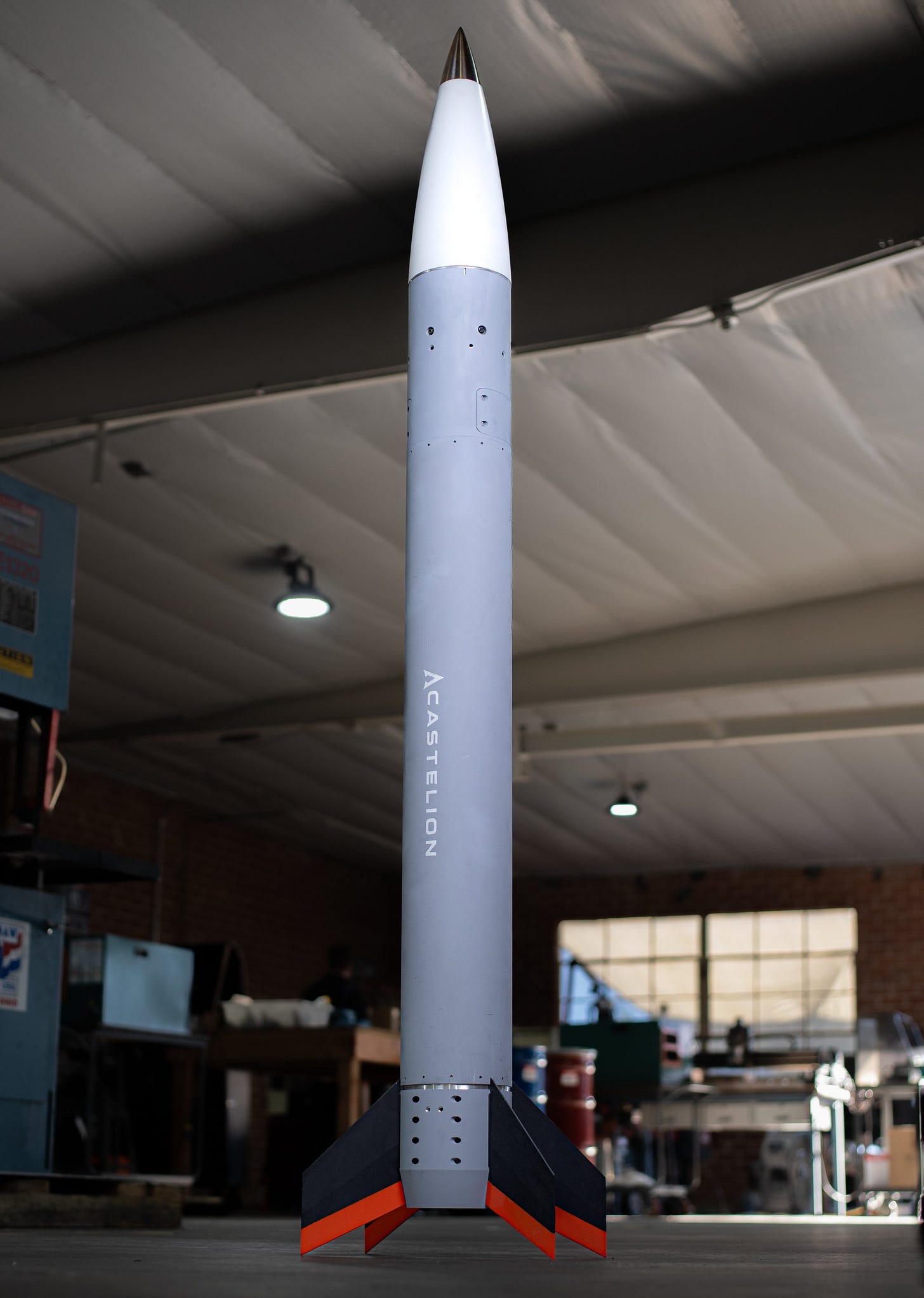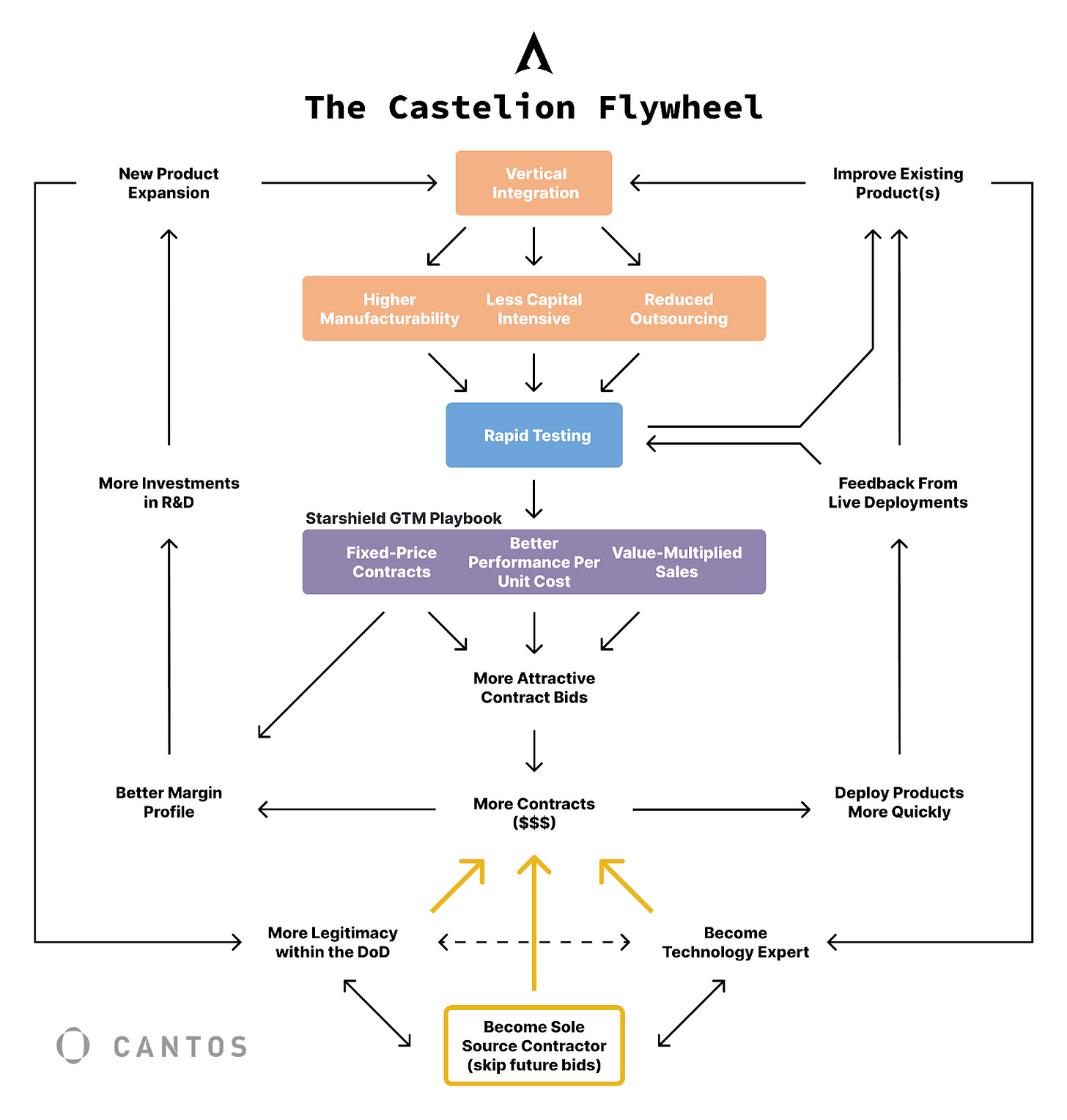We are Behind
Since the end of WWII we have experienced a unique period of relative peace, where no two great powers have engaged in direct conflict.
This period of peace, or Pax Americana, was the direct result of the United States deterring aggression from its adversaries by building up hard power. Overwhelming combat capabilities signaled to authoritarian regimes that the cost of threatening the United States, its allies, and democracy writ large was not worth the risk.
Today, threat nations are building up their own capabilities at an alarming rate. Having diminished the traditional advantages enjoyed by the U.S. and its allies, these countries are advancing their interests through increasing levels of aggression.
Consider the current situation in the Western Pacific.
China has built-up large numbers of ships, aircraft, and long-range missiles. With this increased capability, China limits the ability of the U.S. and its allies to project power and defend their interests in the region through conventional means. An increasingly emboldened China threatens the peace, sovereignty, and self-determination of its neighbors. And without a non-nuclear deterrent, the U.S. is limited in its response.
An untenable situation, to say the least.
Hypersonic kinetics — think very fast, maneuverable missiles — are one solution to this problem. China and Russia have them. The U.S. does not.
Hypersonics are unique in that they are fast (fly above Mach 5), highly maneuverable (can evade most air defenses), and have considerable range (thousands of miles).
They boast the speed of ICBMs and the maneuverability of cruise missiles. The problem is that they’re not easy to make — and are even harder to make at scale — which means there’s a huge capability gap between the U.S. and our adversaries.
That gap is widening.

This Journal article paints a grim picture, but this piece from the FT is much more alarming. China recently tested a nuclear-capable hypersonic missile that circled the globe before reaching its target. The exercise caught the U.S. intelligence agencies completely by surprise. As a U.S. Official said: “We have no idea how they did this.”
U.S. desperation is so severe that the DoD is willing to do whatever it takes to field mission-ready kinetics to rectify this issue.
I feel particularly alarmed about this because I spent two weeks this past summer reading 93 gigabytes of PDFs from the DoD — everything from green books, CBO reports, the NDAA, and much more. All of the takeaways reinforced what program officers and other officials had already told me: this is an existential problem that must be solved immediately.
Fortunately, there’s a company uniquely capable of addressing this very issue.
Enter Castelion
Castelion is a vertically integrated defense company that produces hypersonic kinetics for the DoD. They’re designing, testing, and manufacturing deterrence.
Now, you might be wondering why other companies aren’t able to do this. The U.S. used to be faster than everyone else at developing these new types of military capabilities. We created a real deterrent by building new capabilities faster and fielding them at a scale that no other country on Earth could. Consider what Lockheed Martin’s Skunkworks group accomplished. All these platforms were made with slide rules, speed, and guts.
And yet today, defense primes have lost their step. Their solutions are too slow, expensive, short-ranged, and are overly reliant on 3rd party suppliers.
Castelion exists to rekindle U.S. manufacturing prowess while critically building non-nuclear deterrence. In the shortest sense, they’re the SpaceX for hypersonics.
That might feel hyperbolic, but there’s a number of reasons why it’s actually pretty apt: The founding team largely hails from SpaceX, but more importantly, they’re running a playbook that they helped pioneer there.
The Castelion playbook centers on three strategies: vertical integration, rapid testing, and a Fixed-Price Contract (FPC) sales strategy. Together these create a strong flywheel that increases production speed and manufacturability, decreases reliance on other contractors, and generates more contract wins.
Castelion, like SpaceX, makes almost everything in-house, which has 3 benefits: speed (lead time reduction), cost savings (no stacked margins), and performance improvements. The speed is the most important part. Castelion can test their solutions 10x faster than competitors, which lets them field products faster.
Commercially, the team is following the Starshield playbook they pioneered: Fixed-Price Contracts that align the government’s incentives with the company’s.
Now, a lot of these ideas sound pretty easy and straightforward. It’s the execution that’s the hard part. That’s why the people matter; the right ones will find a way to make it work… which brings us to the team.
The Triumvirate: Bryon, Sean, and Andrew
I first met Bryon Hargis back when he was still at SpaceX. It was a different, albeit still tumultuous time in the world. Bryon and I got to know each other in the ensuing weeks, culminating in us spending an entire evening talking at the first-ever American Dynamism Summit. We covered everything from collecting SpaceX launch patches to closing DoD contracts (and all the juggling that entails).
Byron is singular in his ability to build deep rapport with just about anyone. Every person you speak to who’s worked with Bryon directly or from afar will tell you how dependable he is. That’s exceedingly rare, especially in defense contracting.
Bryon has a unique combination of technical brilliance and executional capability. He’s relentless at moving things forward. That’s how he established and led Starshield (the government version of Starlink) while at SpaceX, growing the business from $0 to multi-$Bs of contracts in under 5 years. I've spoken with two former NASA administrators about Bryon, and both were adamant: “Bryon is exceptional.”
Sean Pitt, Castelion’s COO, carries a similar level of effectiveness that he pairs with a fierce drive and potent resolve. He is, in a word, a machine — another “Kool-Aid Man” as we like to say. At SpaceX, Sean served as Director of Launch & Spaceflight Sales in Europe, where he led the global commercial sales team with $1.25B+ in launch deal wins. But my favorite part of getting to know Sean is all the stories.
A friend and former boss of his told me a story where he and Sean powered through a sales trip of 4 countries in 1 day. After missing a connecting flight in Amsterdam, they rented a car so they could get to Germany for a dinner meeting. They had to drive the Autobahn while it was flooding from torrential rain so they could make it. Sean didn’t know how to drive stick, but that didn’t stop him from getting there on time. Sean went on to close the deal.
Andrew Kreitz, Castelion’s CFO, is professorial in his ability to absorb, distill, and then disseminate information. He executed $10B in Aerospace & Defense M&A transactions at Goldman before leading the financial modeling, forecasting, and government proposal initiatives at SpaceX. Former colleagues at both places routinely referenced his drive and devotion to his work. As important though, Andrew’s deeply patriotic, incisive, and erudite.
A lover of military history, he is insatiably curious. As a former colleague shared, he’s the type of person to be reading history novels on a plane ride back from Europe after closing a deal. About a year ago we went to a live showing of Dan Carlin’s Hardcore History podcast. The show was fantastic, and I fondly remember the car ride over. Andrew inquisitively bombarded me with questions about the inner workings of venture until he felt he had a sufficient amount of context. And then we went to the next topic at hand.
The rest of the team deserves amplification as well. Sweers, Paul Perry, Ferg, and Garth “Chinstrap” are just a few of the many team members I’ve been fortunate to spend extended time with. Each one is absurdly impressive, and together it’s evident that Castelion has maintained an exceptionally high bar for talent.
When people ask me about Castelion today, the first thing I say is that this is the ideal team to build this business. And the results back that up.
Exceptional Execution
A mentor of mine likes to say the real diligence begins after you invest.
That’s when you see who you’ve really partnered with. The best teams move at insanely fast speeds. It’s all about maximizing iterations — Tempo Tempo Tempo!
Castelion is a perfect example. In record time, they built and tested their first solid rocket motor engine, hired their core technical team, and secured contracts & permitted test sites. They did this all in under 9 months.
I stayed in close touch with the team, and shortly after these milestones, we were able to formally partner back when I was at a16z.
I was quite excited, but then became pretty surprised. Their execution pace accelerated. Every time I visited them I was pretty taken aback by their progress.
Fast forward to today and the Castelion team has completed more than 60 static fire tests, flown precursors to hypersonic weapons, and designed several iterations of their own flight computer. They’ve also started developing their own radar seeker.
At Cantos our goal is to be the first institutional partner on a company’s journey. We believe in partnering at the earliest stages because that’s the most formative period.
There are times, however, where we make exceptions. Exceptions, for the exceptional.
In the case of Castelion, our longstanding relationship with the team gave us a front-row seat to a pace of execution that was, in a word, remarkable. Which is why we are proud to be formally partnering with Bryon, Sean, Andrew, and the rest of the Castelion team.
As Americans, we believe in the ideals of freedom and democracy. Democracy is not a given, you have to defend it, and the best way to defend peaceably is through deterrence. It’s about winning the battles before they even happen.
We are a Republic, and we intend to keep it.
The Battles That Change History
Last summer I sat down with the Castelion team over dinner. They thought we were celebrating my new role at Cantos. We were — but we also spent the evening talking through their next fundraise, and how we could make it successful. We put together a plan and then went to work.
The team has put in an incredible amount of effort since that evening, and it’s exciting to see this full round coming together.
I’m reminded about that dinner now because this is the second time I’ve celebrated closing a round with the team. A little over a year ago, when I was still at a16z, I visited Castelion’s then brand-new facility in LA. The American Dynamism team had just formally partnered with Castelion, and this was my first time seeing the team since a16z’s investment.
Bryon, Sean, and Andrew gave me a tour, and then we talked for a bit before heading out to a happy hour event I had helped organize.
Before we left, I gifted them a book: Battles That Changed History. Google Photos recently resurfaced the note I inscribed for the team:
Those words continue to ring true today. The U.S. does not currently have the missile arsenal required to compete in, let alone win, a modern theater of combat. Castelion is solving that, and we at Cantos are excited to be along for the ride.
It’s an incredibly important mission, and we believe this team will make it happen.
The world will be much safer as a result.










